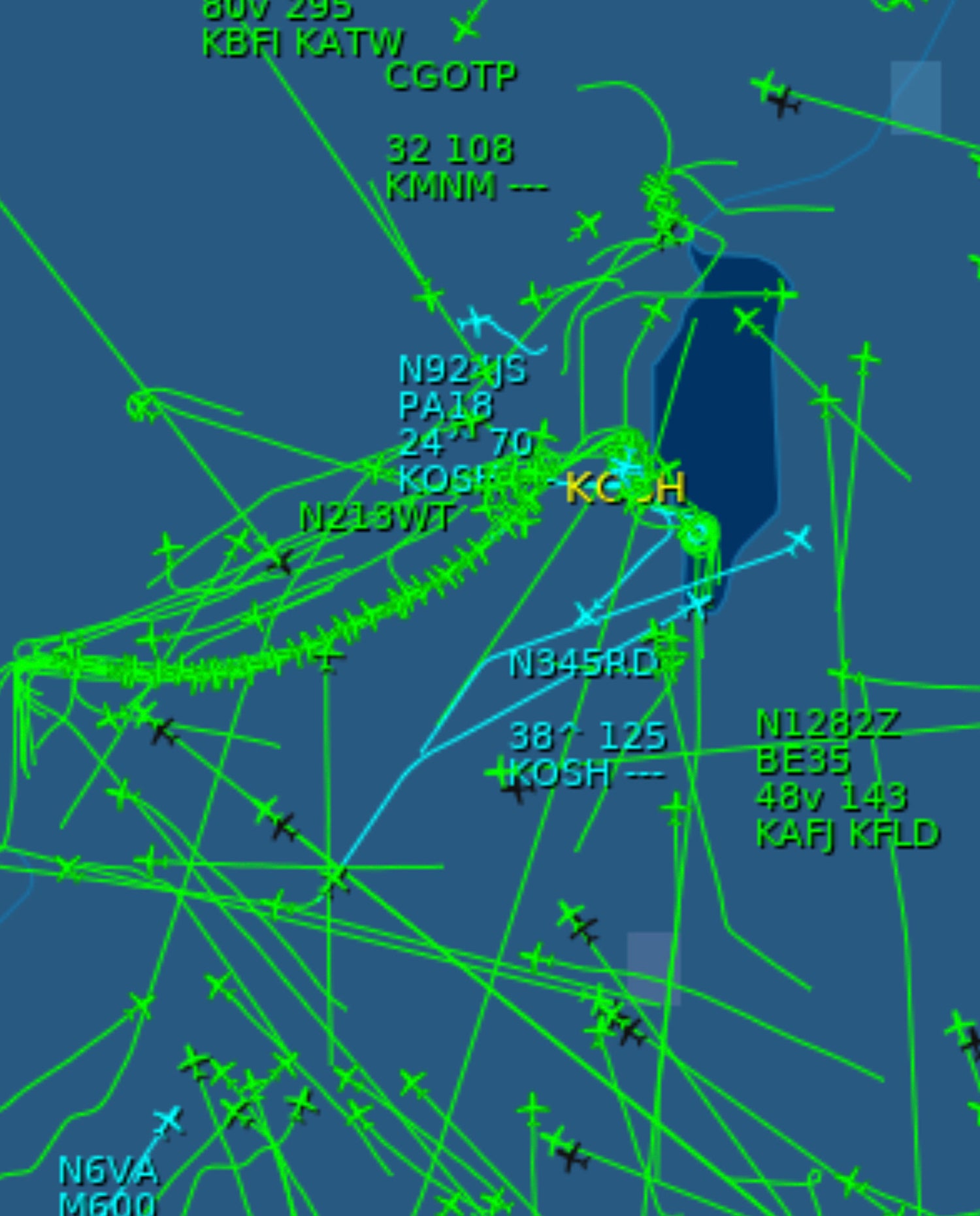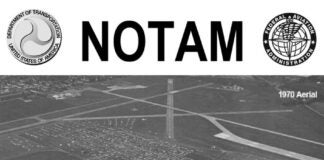
I have heard mixed opinions and descriptions regarding the use of the “high” Fisk approach. The NOTAM says “For aircraft unable to operate comfortably at 90 knots: Faster aircraft use 135 knots and 2,300’ if needed for safety of flight. Expect descent at or after FISK.” For reasons that escape me, there are quite a few RV drivers who apparently are “unable to operate comfortably at 90 knots” and therefore use the higher approach. Several years ago, I had a flight of two dive down in front of me I’m sure less than a ¼ mile in front of me. I was not amused.
Yesterday, I had to smile. I saw on my “fish-finder” an airplane flying 500’ above me (at 2300’) on the way to Fisk. Sure enough, an RV. He passed me and reached Fisk. After the wing-rock, the Fisk controller told him to “follow the railroad track to land on runway 27”. Then I hear, “RV over Fisk, follow the railroad track north!” Repeated by two more directions to turn north and follow the tracks. I guess they finally accepted their fate and complied. This might not seem particularly targeted except the controller had asked the previous half-dozen (mostly RV) pilots which runway they wanted. Everyone had said “36L” The same happened to me. My conclusion is that the controller concluded if the high-road pilot couldn’t comfortably fly their RV at 90 kts, they needed extra space in front of them and there was much more space going north.
Before flying in, practice flying at 90 knots and holding an altitude. A little bit of flaps might help. Of course, if your plane really is unstable at 90 knots, by all means use the high route. But understand the choice of runway is ultimately the controller’s decision and if you expect to insert yourself into a tight line of 90-knot planes, you may not get the runway you want.













